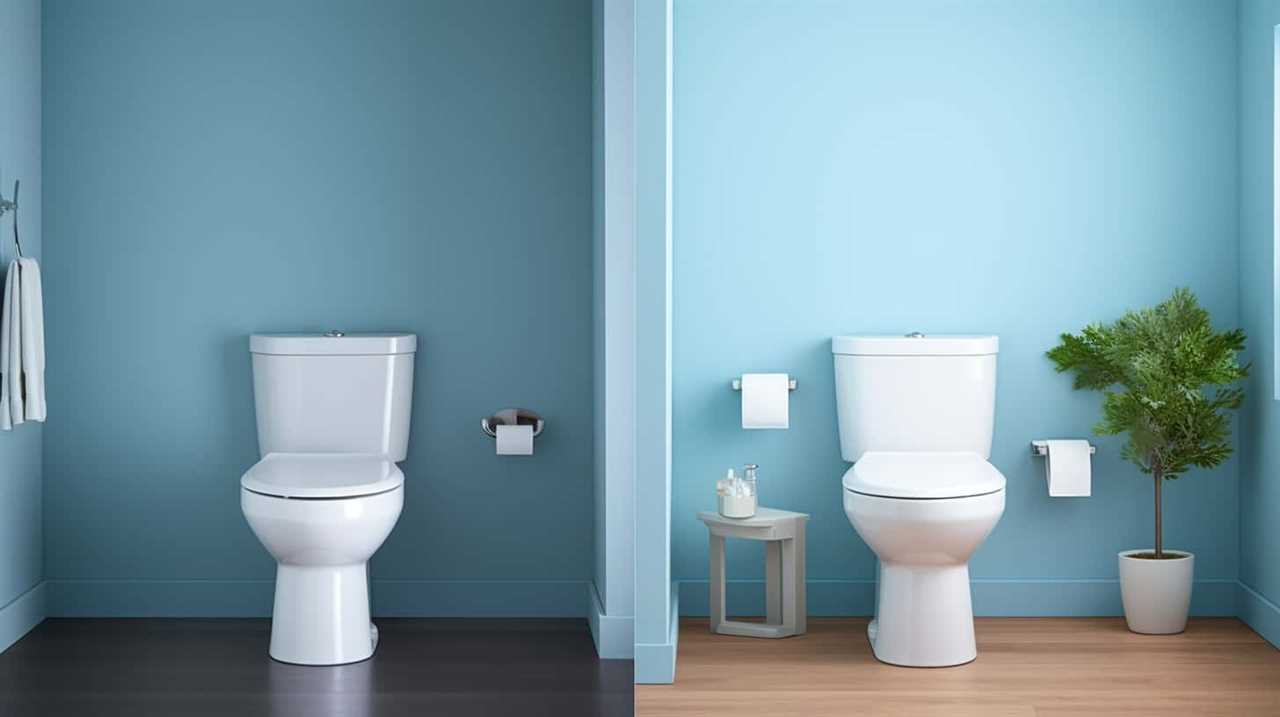Have you ever found yourself in the frustrating situation of pressing the button on your toilet, only to have nothing happen? We understand the annoyance and inconvenience that comes with a non-flushing toilet. But fear not, for we are here to help!
In this article, we will explore the common causes behind this issue, provide simple solutions you can try before calling a plumber, and guide you through checking and fixing a faulty flush button.
Let’s dive into the world of toilet troubleshooting together!
Key Takeaways
- Common causes of a non-flushing toilet include toilet clogs, inadequate water pressure, faulty flush valve or flapper, and malfunctioning fill valve or flush button mechanism.
- Before calling a plumber, you can try clearing toilet clogs using a plunger or toilet auger, ensuring the water supply valve is fully open, cleaning and adjusting the flush valve or flapper, checking and replacing a faulty fill valve, and inspecting and repairing or replacing a malfunctioning flush button mechanism.
- To fix a faulty flush button, you can remove the tank lid, inspect the flush button mechanism for damage or debris, replace the flush button if necessary, and test the flush button for proper functioning.
- To address issues with the toilet tank, you can check and adjust the fill valve, clear any debris or sediment blocking water flow, inspect and replace a damaged flush valve or flapper, regularly clean the toilet tank, and ensure proper functioning of all components in the tank.
Common Causes of a Non-Flushing Toilet
Sometimes, we encounter a non-flushing toilet due to common issues that can easily be resolved.
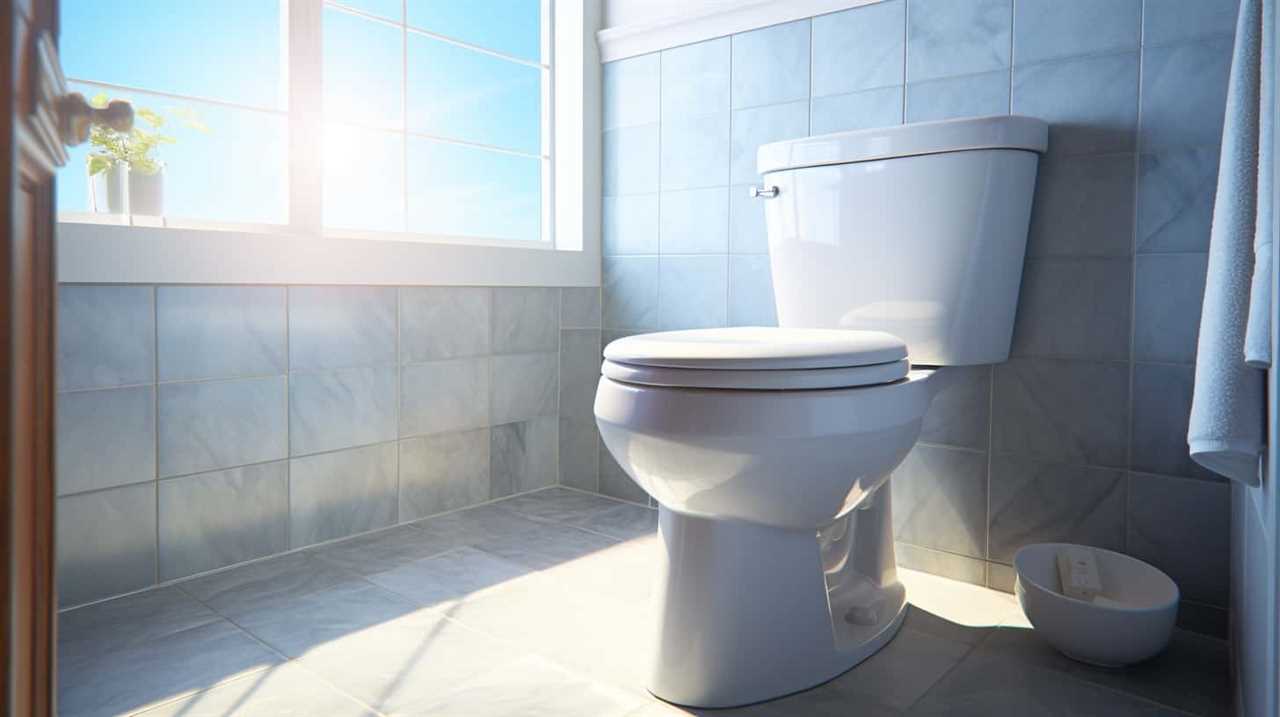
One of the most frequent causes of a non-flushing toilet is a toilet clog. This can happen when solid waste or foreign objects get stuck in the pipes, obstructing the flow of water. To resolve this issue, you can use a plunger or a toilet auger to dislodge the clog and restore the flushing function.
Another common cause is inadequate water pressure. If the water pressure is too low, it may not be strong enough to create the necessary force for a complete flush. In such cases, you can check the water supply valve and ensure it’s fully open, or contact a plumber to assess the water pressure in your plumbing system.
Simple Solutions to Try Before Calling a Plumber
To address the issue of a non-flushing toilet, let’s explore some simple solutions that we can try before calling a plumber.
The first thing to check is whether there’s a toilet clog. This can be caused by excessive toilet paper or foreign objects blocking the flow of water. To clear a clog, you can use a plunger. Make sure there’s enough water in the bowl to create a seal and then push and pull the plunger vigorously.
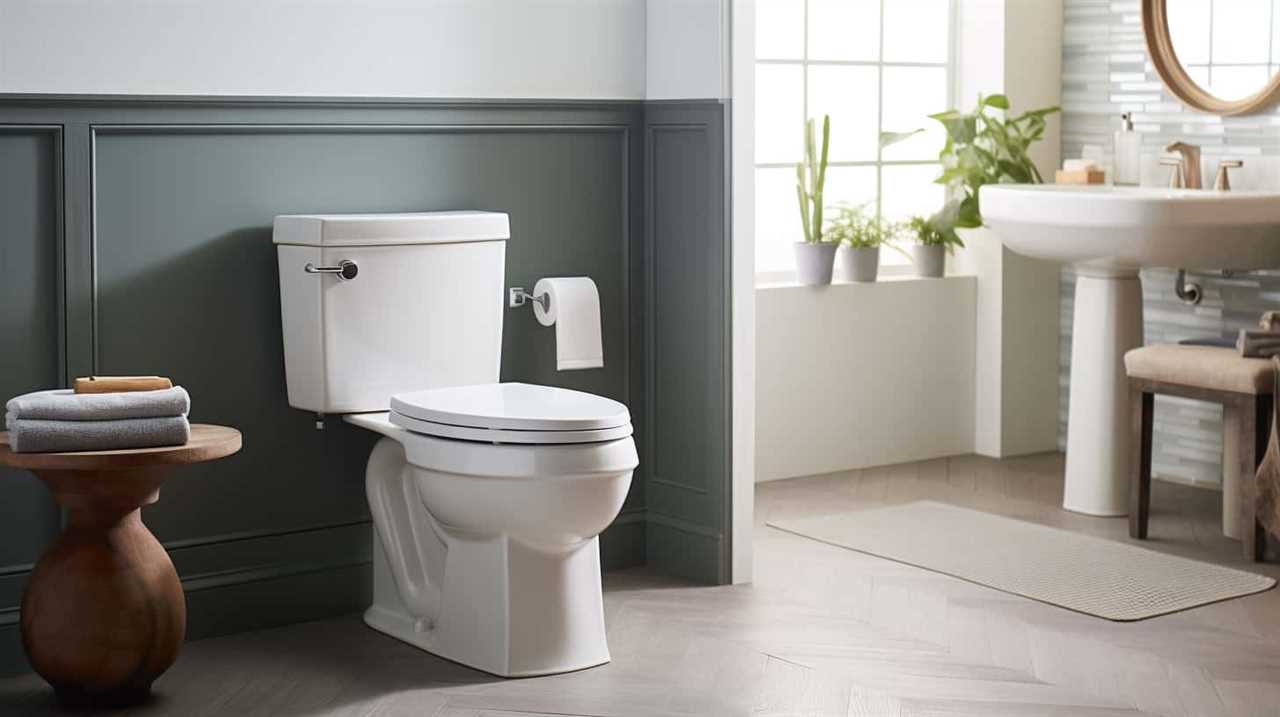
If that doesn’t work, you can try using a toilet auger, also known as a plumber’s snake. This tool can reach deeper into the drain to remove stubborn clogs.
Another possible cause of a non-flushing toilet is low water pressure. Check the water supply valve near the toilet and ensure it’s fully open. If the water pressure is still low, you may need to call a professional plumber to diagnose and fix the issue.
How to Check and Fix a Faulty Flush Button
One common issue that can prevent a toilet from flushing when the button is pressed is a faulty flush button.
If you suspect that your flush button isn’t functioning properly, there are a few steps you can take to troubleshoot the issue.
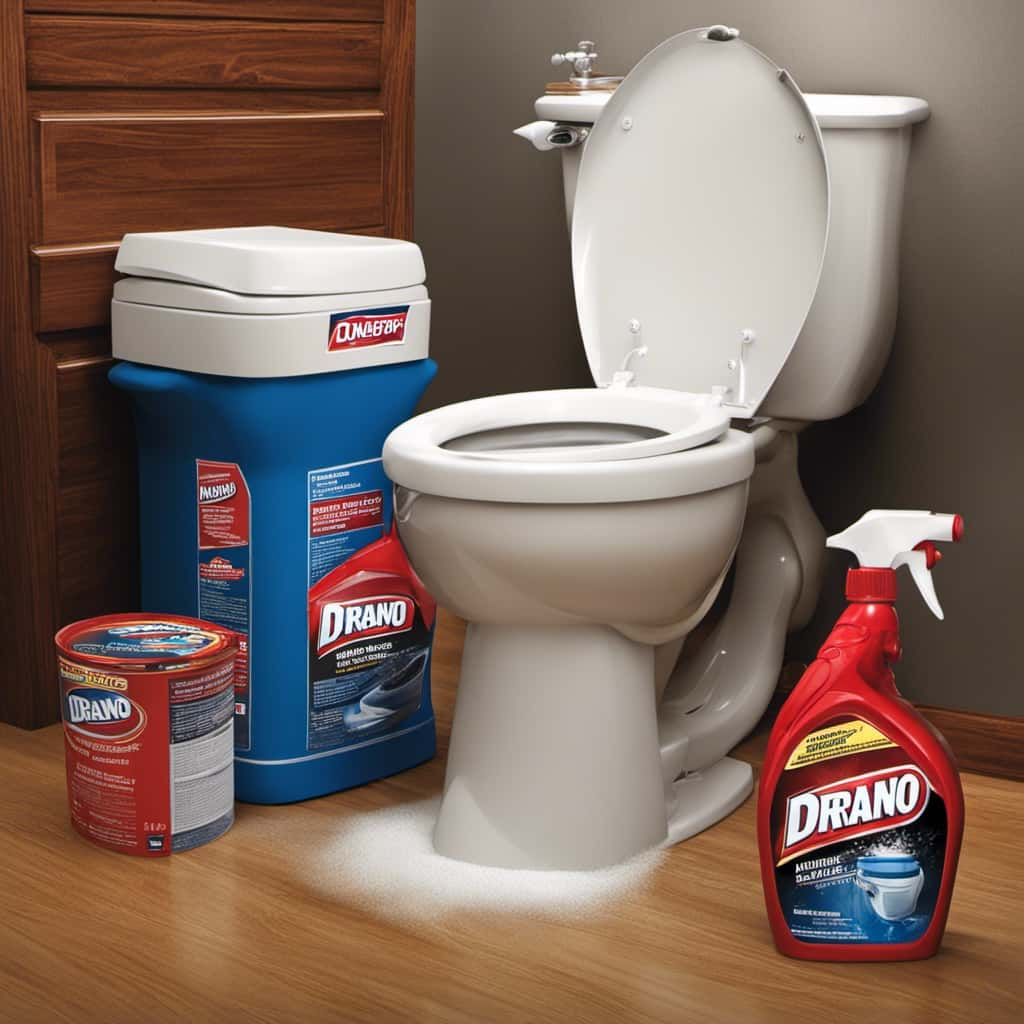
First, remove the tank lid and inspect the flush button mechanism. Check for any visible damage or debris that may be obstructing its movement.
If everything appears to be in order, you may need to replace the flush button. To do this, turn off the water supply to the toilet, disconnect the chain or wire connecting the button to the flush valve, and remove the old button.
Install a new button by following the manufacturer’s instructions and reconnect the chain or wire.
Finally, turn the water supply back on and test the flush button to ensure it’s working correctly.
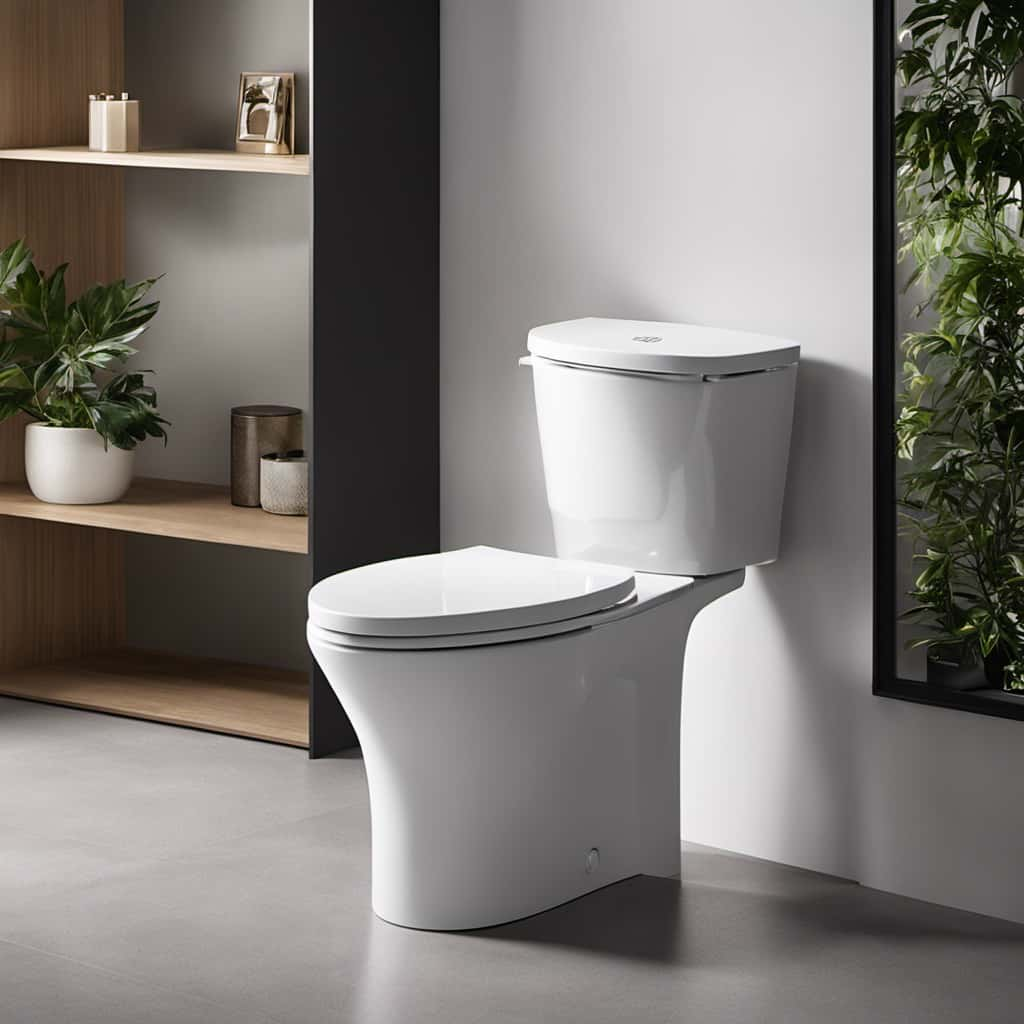
Addressing Issues With the Toilet Tank
First, let’s assess any problems with our toilet tank. Proper toilet tank maintenance is crucial for ensuring a functional and efficient flushing system.
One common issue that can arise is a clogged toilet tank. Signs of a clogged toilet tank include slow or weak flushes, gurgling sounds, and water backing up into the bowl.
To address this, start by checking the fill valve and adjusting the water level to the recommended mark. Clear any debris or sediment that may be blocking the water flow.
If the issue persists, inspect the flush valve and flapper for any signs of damage or wear. Replace them if necessary.
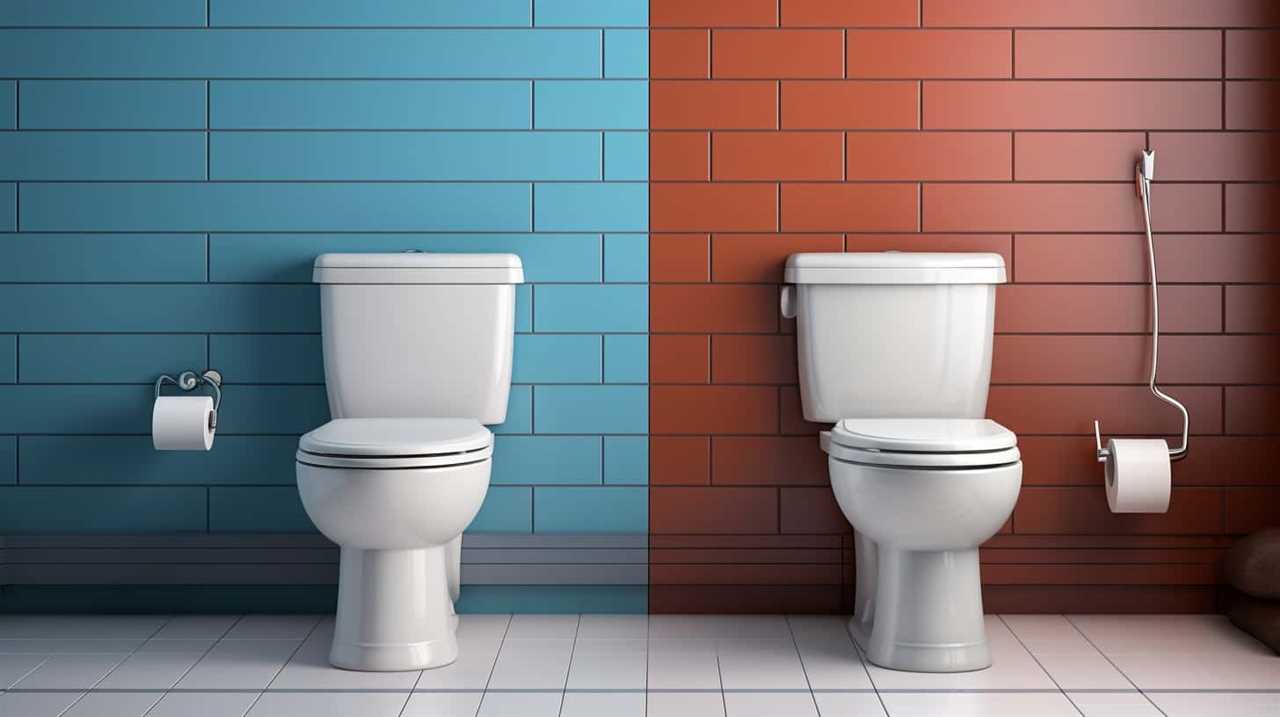
Regularly cleaning the toilet tank and conducting maintenance can help prevent clogs and ensure a smooth flushing experience.
Additional Troubleshooting Tips for a Non-Flushing Toilet
Let’s explore some additional troubleshooting tips to address a non-flushing toilet.
One possible cause of a non-flushing toilet is low water pressure. To understand the water pressure, check if the rest of the faucets in your house have sufficient pressure. If they do, then the problem may lie within the toilet itself.
You can try cleaning the fill valve and the flush valve to remove any mineral deposits that may be obstructing the flow of water. Another possible issue is a hidden blockage in the toilet pipes.

To identify hidden blockages, you can use a toilet auger or a plumber’s snake to clear any clogs. Make sure to insert the auger slowly and rotate it clockwise to dislodge any obstructions.
Frequently Asked Questions
How Do I Fix a Clogged Toilet Without Using a Plunger?
We can fix a clogged toilet without a plunger by utilizing various unclogging methods. Some alternative flushing methods include using hot water, dish soap, or a DIY drain snake.
Can a Faulty Flush Button Be Repaired or Does It Need to Be Replaced?
When troubleshooting a faulty toilet flush button, it’s essential to determine if it can be repaired or needs replacing. Assess the button’s functionality and consult a professional for a precise diagnosis and solution.
Why Does My Toilet Keep Running Even After I Flush It?
When the toilet flush button is not working, it could be due to various reasons. One common issue is a faulty flush valve, which can cause the toilet to keep running even after flushing.
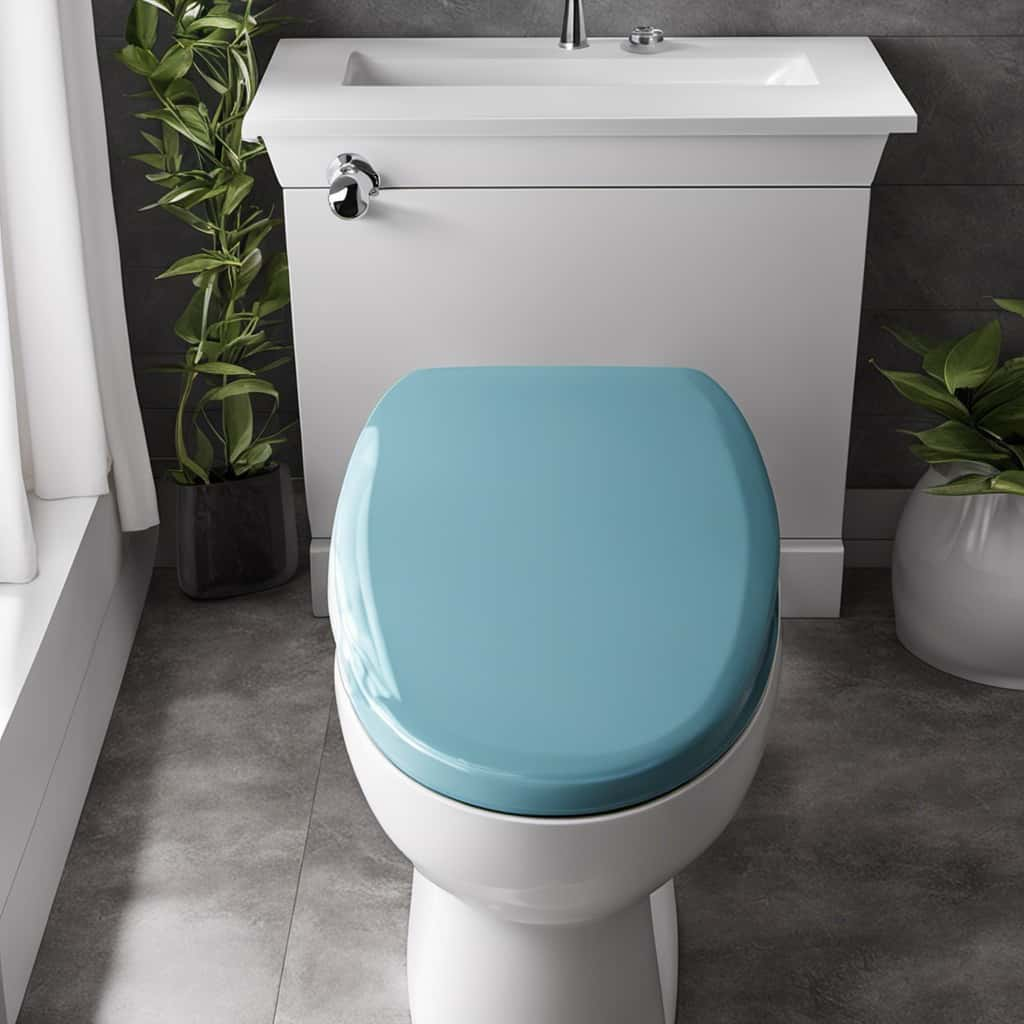
What Should I Do if the Toilet Tank Is Not Filling up With Water?
When troubleshooting toilet water supply, it’s essential to address issues with the toilet tank not filling up. Check the water supply valve, float valve, and fill tube for any obstructions or malfunctions. Regular toilet tank maintenance ensures a functioning flush.
Is It Possible for a Non-Flushing Toilet to Be Caused by a Problem With the Sewer Line?
It is possible for a non-flushing toilet to be caused by sewer line damage or toilet bowl cracks. These issues can disrupt the flow of water and prevent proper flushing. Professional assistance may be required for repair.
Conclusion
So, next time you find yourself frustrated with a non-flushing toilet, remember to check for common causes such as a clogged drain or a faulty flush button.
Try some simple solutions like using a plunger or adjusting the water level in the tank.
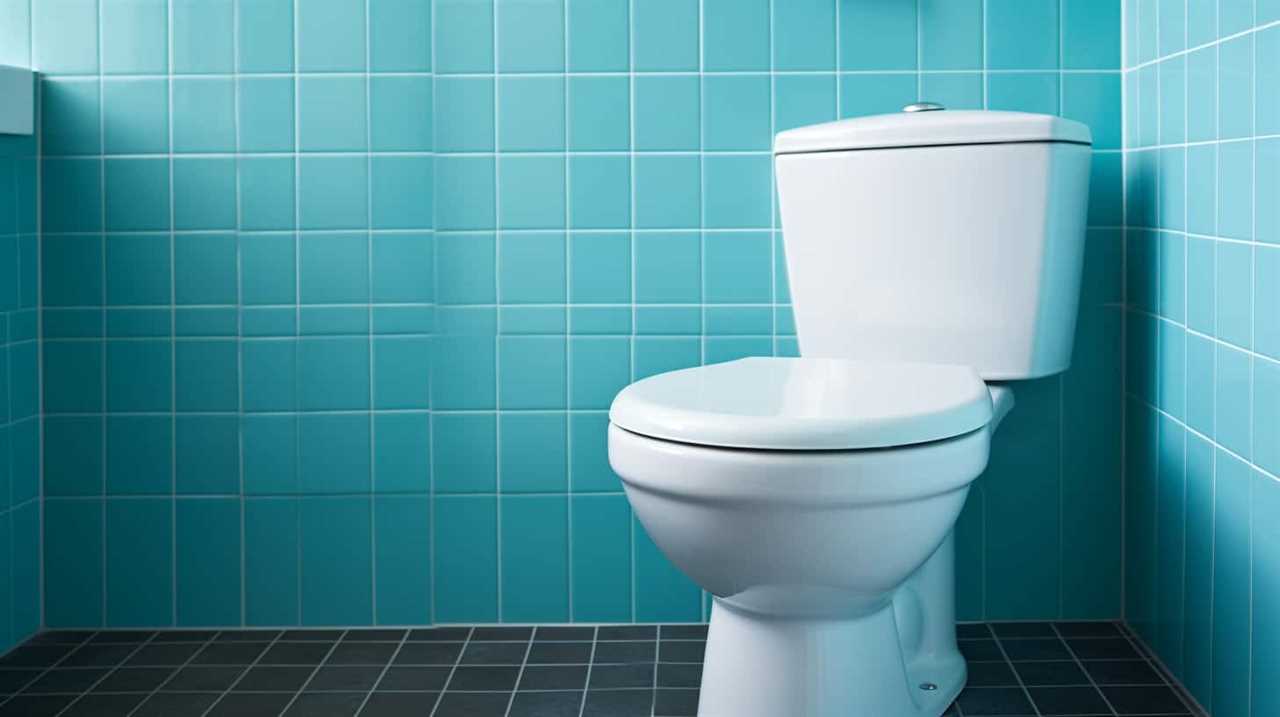
And if all else fails, don’t hesitate to call a plumber for expert assistance.
With these troubleshooting tips, you’ll be back to enjoying a fully functional toilet in no time.
Happy flushing!

